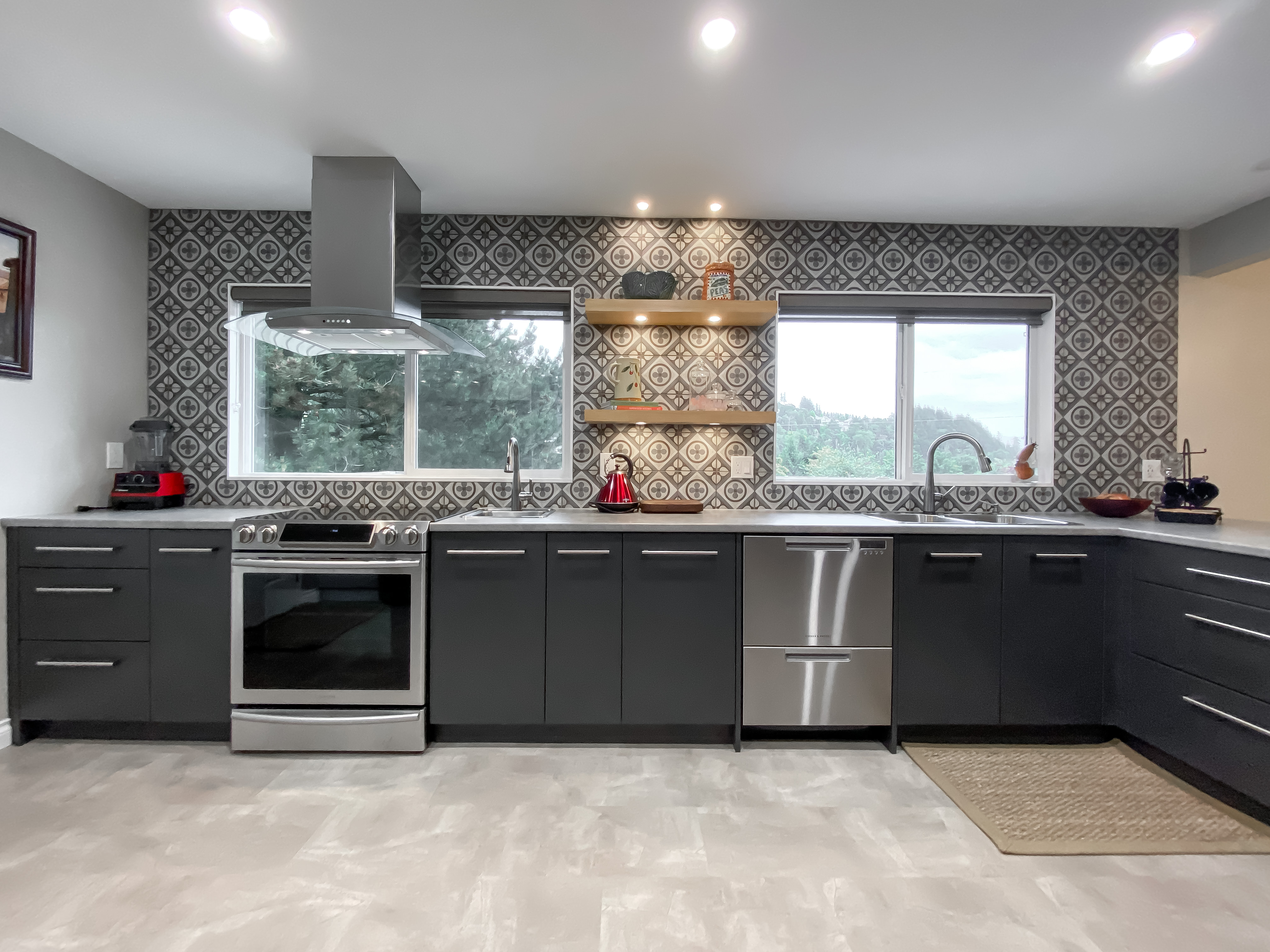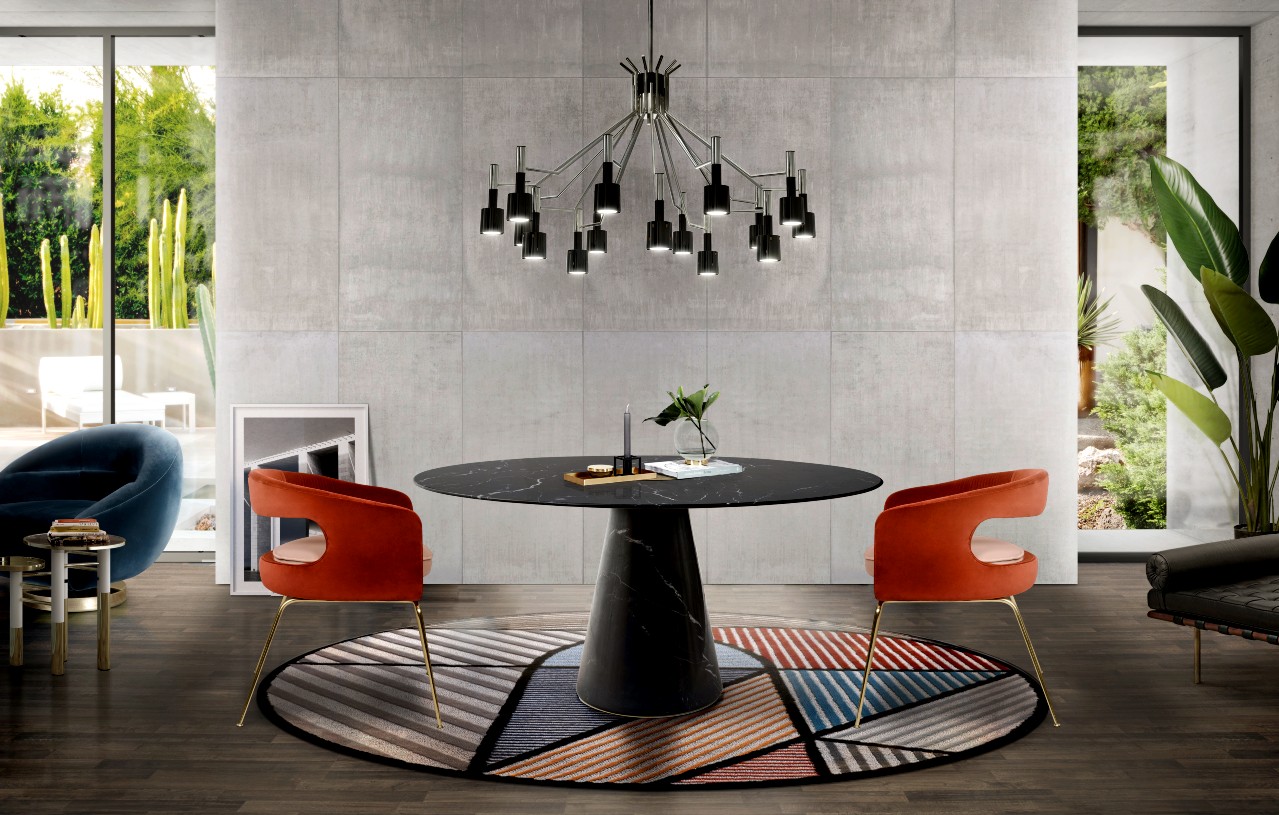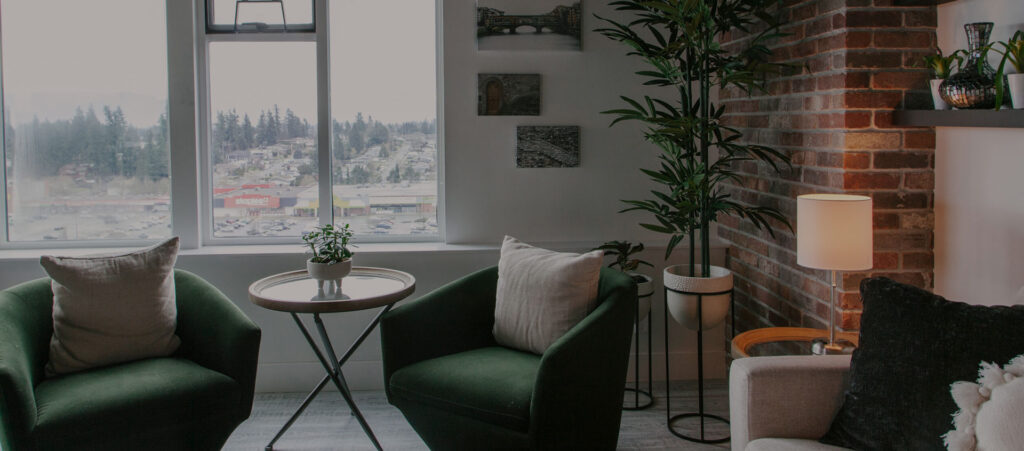Selecting the perfect paint color for your space can be a daunting task, with countless options and considerations. In this article, let us explore practical tips to help you navigate the overwhelming world of paint colors to help you create a balanced look in your home that lightens your mood and reflects your signature style. While choosing a paint color one must consider three crucial factors: reflection, temperature and sheen.
Reflection:
Understanding the reflection of any color is key to achieving the right atmosphere in your space. Light Reflectance Value (LRV) is a numeric indicator found on fan decks, representing the amount of light a color reflects. For well-lit rooms, you should opt for colors with higher LRV to avoid overwhelming brightness, while colors with lower LRV add vibrancy to dimly lit spaces.
Temperature:
Color temperature plays a significant role in creating balance within a room. Cool colors, such as blues and greens make a space feel larger, while warm colors, like reds and oranges, create a cozier ambience. You should consider the dominant colors in your existing decor and choose a color opposite on the color wheel to achieve balance.
Color temperature is important as this aspect plays a pivotal role in achieving balance within your space.
Cool Colors vs. Warm Colors:
Identify your natural affinity towards cool or warm colors by observing your existing decor. Cool colors like green, blue and purple—evoke relaxation and calm making a space feel larger, while warm colors such as yellow, orange, red and combinations thereof—breathe energy, positivity and a sense of sunshine into any room imparting coziness. Cool colors can visually expand a space, making it feel more open and airy. Conversely, warm colors create a sense of intimacy, making a room appear smaller. Understanding this dynamic allows you to manipulate your space’s perception according to your preferences. Commercial spaces often employ color temperature strategies to influence perceived size. Applying these principles can significantly impact the overall feel of your home, aligning with your desired atmosphere. To create balance, choose colors opposite to the predominant ones in your room, using the color wheel as a guide.
Sheen:
The sheen of paint color is often overlooked but is crucial for practicality and aesthetic appeal. Higher sheens are more washable, making them suitable for high-traffic areas, while lower sheens are ideal for spaces with less activity and a desire for subtle colors. Consult with a local paint representative to determine the best sheen for your lifestyle. The final consideration in choosing the right paint color is the sheen, a factor often underestimated but essential for long-term satisfaction with your choice.
It is important to assess your lifestyle and the activities in your home. High-traffic areas or those prone to smudges benefit from higher-sheen paints for easy cleaning. For less active spaces with a preference for subtle colors, lower-sheen paints offer a more subdued look. You can always consult with experts to get further insights into the ideal sheen for your specific needs.
Do not underestimate the impact of color on your home’s largest surface—your walls. It is suggested not to blindly choose paint on sale as it is not the ideal solution. It may lead to dissatisfaction in future and take the time to select a paint that aligns with your lifestyle and preferences and makes you feel good. With these tips, you can embark on your journey to select the right paint color for your space with confidence, ensuring a result that truly reflects your style and personality.





